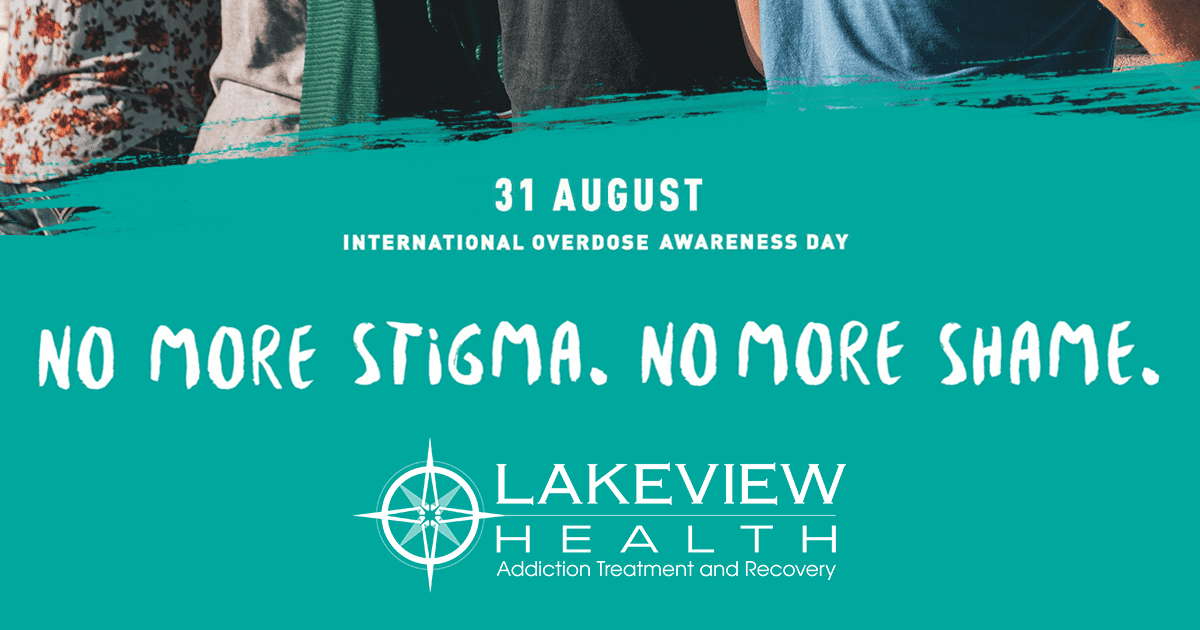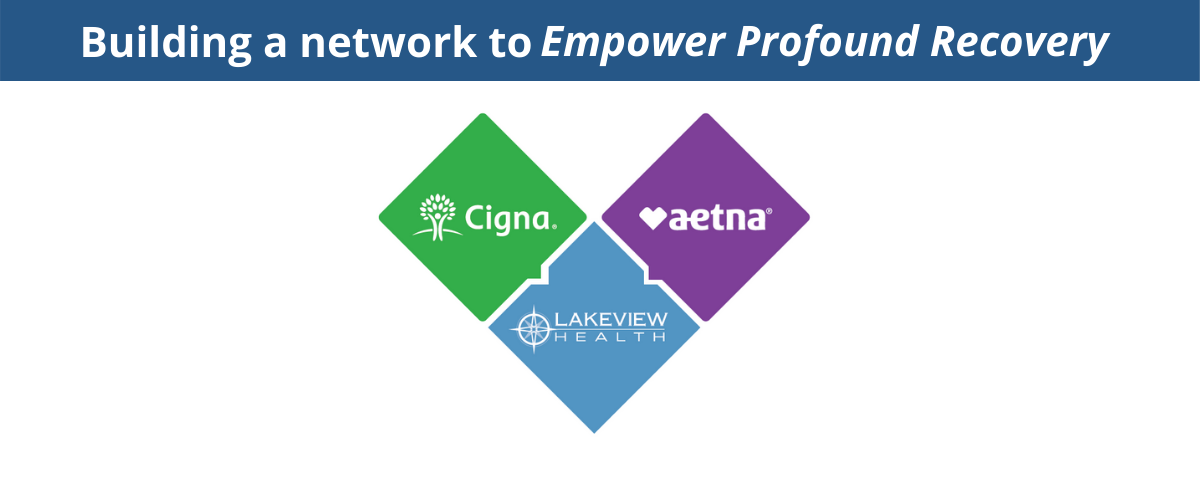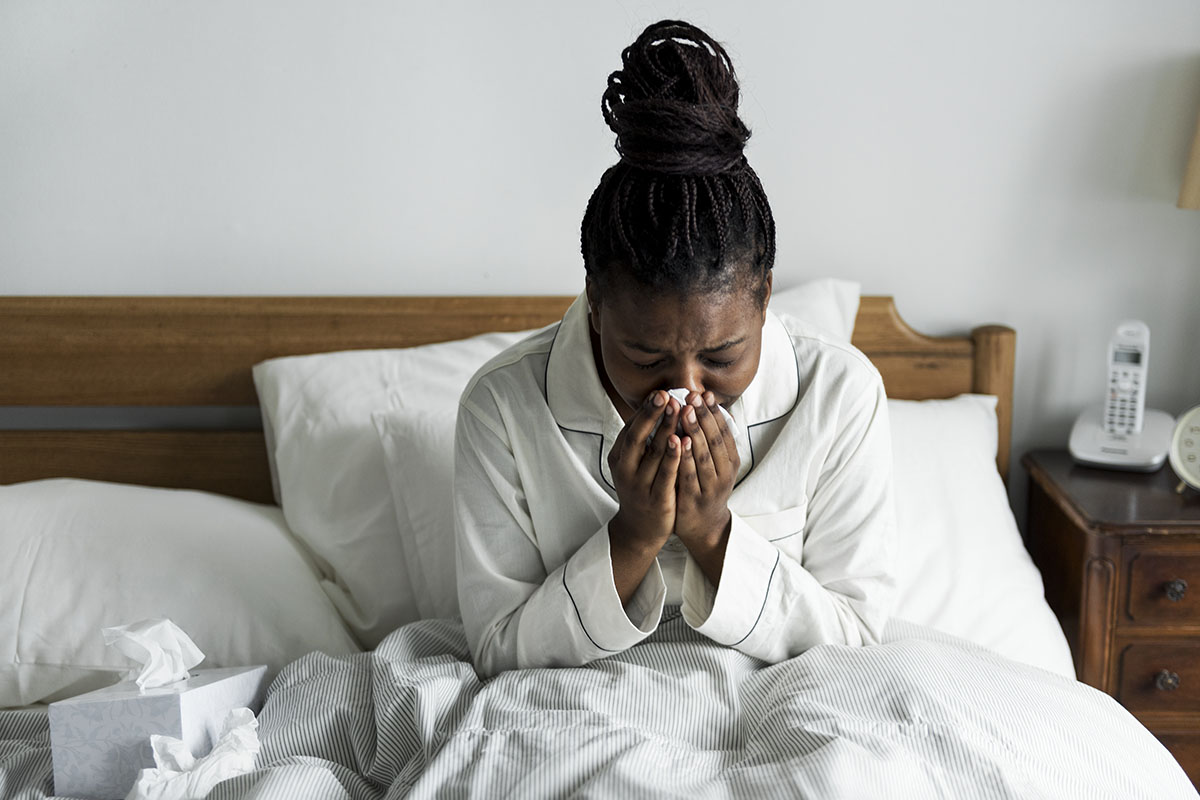

By: Lakeview Health
Sally J. Finn at the Salvation Army in St Kilda, Melbourne created International Overdose Awareness Day in 2001. Since its inception, it has become a public health movement to raise awareness on drugs and prevention through events held in countries around the world. The message is a simple, but powerful – the tragedy of overdose death is preventable and more must be done to save lives. The goals are to raise awareness on the risk of overdoses, provide information on community services and outreach, and support evidence-based policies and practices. Beginning in 2012, Penington Institute, a non-profit organization based in Australia, took over coordinating International Overdose Awareness Day. The global picture of drug use is disturbing and increasing at alarming rates. In June 2018, the United Nations Office on Drugs and Crime (UN) published World Drug Report 2018. According to the report, both the range of drugs and its market are expanding and diversifying in unprecedented record numbers. The world is seeing a supply-driven expansion of drug markets, with opium production and cocaine manufacturing at an all-time high. Markets for cocaine and methamphetamine are extending beyond normal regions and non-medical use of prescription drugs reached an epidemic state. The UN asked the international community to participate and provide suggestions to cope with these challenges, and the opioid crisis in North America was a case-in-point of the devastation.
Fast Facts Overdose
- 6 percent of the global population aged 16-74 years used drugs at least once during 2016 – that is approximately 275 million people worldwide!
- Of that group, roughly 34 million people used opioids and 19 million who used opiates
- An estimated 27 million people suffer from opioid use disorder in 2016, and an increasing number are using prescription opioids
- The World Health Organization (WHO) reported 450,000 died as a result of drug use in 2015. Of those deaths, 167,750 were directly associated with drug use disorders (mainly overdoses) and about 118,000 with opioid use disorders.
- There are effective treatments for opioid dependence, yet less than 10 percent receive it.
- WHO also stated the importance of training and access to Naloxone, a lifesaving medication designed to rapidly reverse opioid overdose, to prevent deaths.
The numbers in the United States also continue to rise. We lost nearly 72,000 Americans in 2017 from a drug overdose. What is even more alarming is we lose one American to an opioid overdose every 11 minutes, with more than half of these individuals dying at home. That is the highest number of deaths in a single year – ever. From CDC’s Morbidity and Mortality Weekly Report (MMWR), the opioid overdose epidemic resulted in the deaths of approximately 300,000 in the United States during 1999–2015, including 33,000 in 2015 alone. The first wave of deaths began in 1999, which was the first significant rise in deaths involving prescription opioids. It was followed by a second wave beginning in 2010 characterized by deaths involving heroin. A third wave started in 2013 with deaths involving synthetic opioids, particularly illicitly manufactured fentanyl. We have also seen an unprecedented response from the White House, Congress, U.S. Department of Health and Human Services, the Justice Department, and State Legislatures all working to alleviate and reduce deaths to overdoses. With a focus on addiction treatment and prevention, curtailing prescription prescribing practices, and access to Naloxone, we may begin to turn the tide. The U.S. Surgeon General Jerome Adams, MD, MPH is using the public health bully pulpit to bring awareness to the drug overdose epidemic with a focus on prevention, education, treatment, and using Naloxone in emergency situations. Last April, U.S Surgeon General Adams issued the first public health advisory in 13 years to let individuals know a solution is available. The data tells us more than 75 percent of overdoses in the U.S. happen outside a medical setting. The advisory educated the public on the benefits and use of Naloxone, especially for family members or parents who have a loved one struggling with addiction. That is why I am excited to work at Lakeview Health where we practice evidenced-based treatment. If you know someone struggling with addiction, hope and help is available. Treatment works, and recovery is possible. Lakeview Health is available 24 hours a day, 7 days a week, and 365 days a year.





